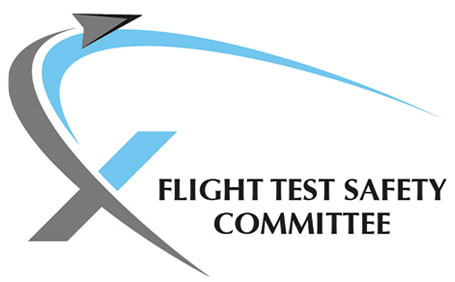
Paul flew his first flight in a Cessna 182 while attending the U.S. Air Force Academy. He flew OV-10s in Germany as a FAC before flying F-16s at Hill AFB as the youngest flight commander in Tactical Air Command. He then flew F-16s at Kunsan, South Korea, where he was nominated for Fighter Weapons School and Test Pilot School.
Paul graduated from USAF TPS with Class 90B as the recipient of the Propwash Award. He flew F-15 radar weapons testing in the initial ESA radar program, the first flight launch of the improved GBU-28 bomb, and was the JSF lead government test pilot and test program lead. As the first military test pilot to fly the X-35 prototype, Paul also conducted its first aerial refueling. He tested all aspects of the MQ-9 Predator, helped develop F-35 sensor system requirements, and was instrumental in the initial designs of the B-21 cockpit.
For Google X, he oversaw the experimental Titan aircraft program. He has served as SETP symposium luncheon chairman, judge, tour coordinator, UAV Development and Testing Committee member, and presented at the S&B and section events. Currently, Paul is the Director of Flight Test and Operations for ACubed, an Airbus Innovation Center in Silicon Valley. He has more than 7,000 hours in over 50 aircraft.
